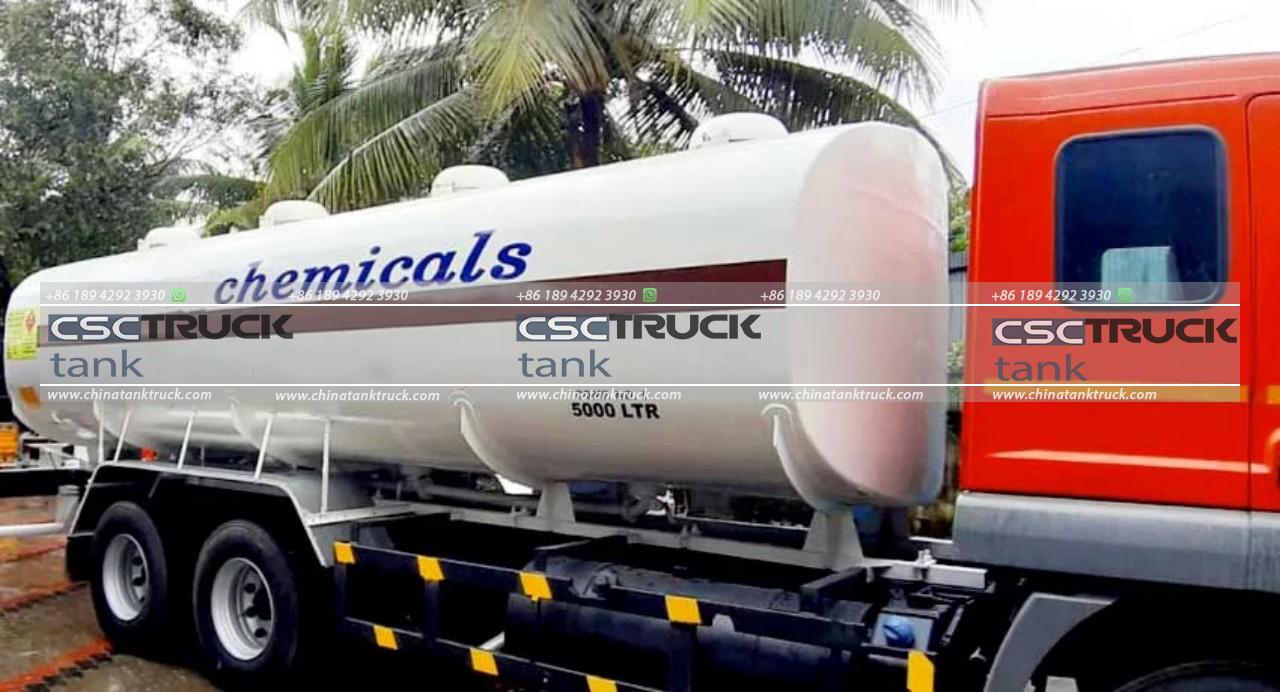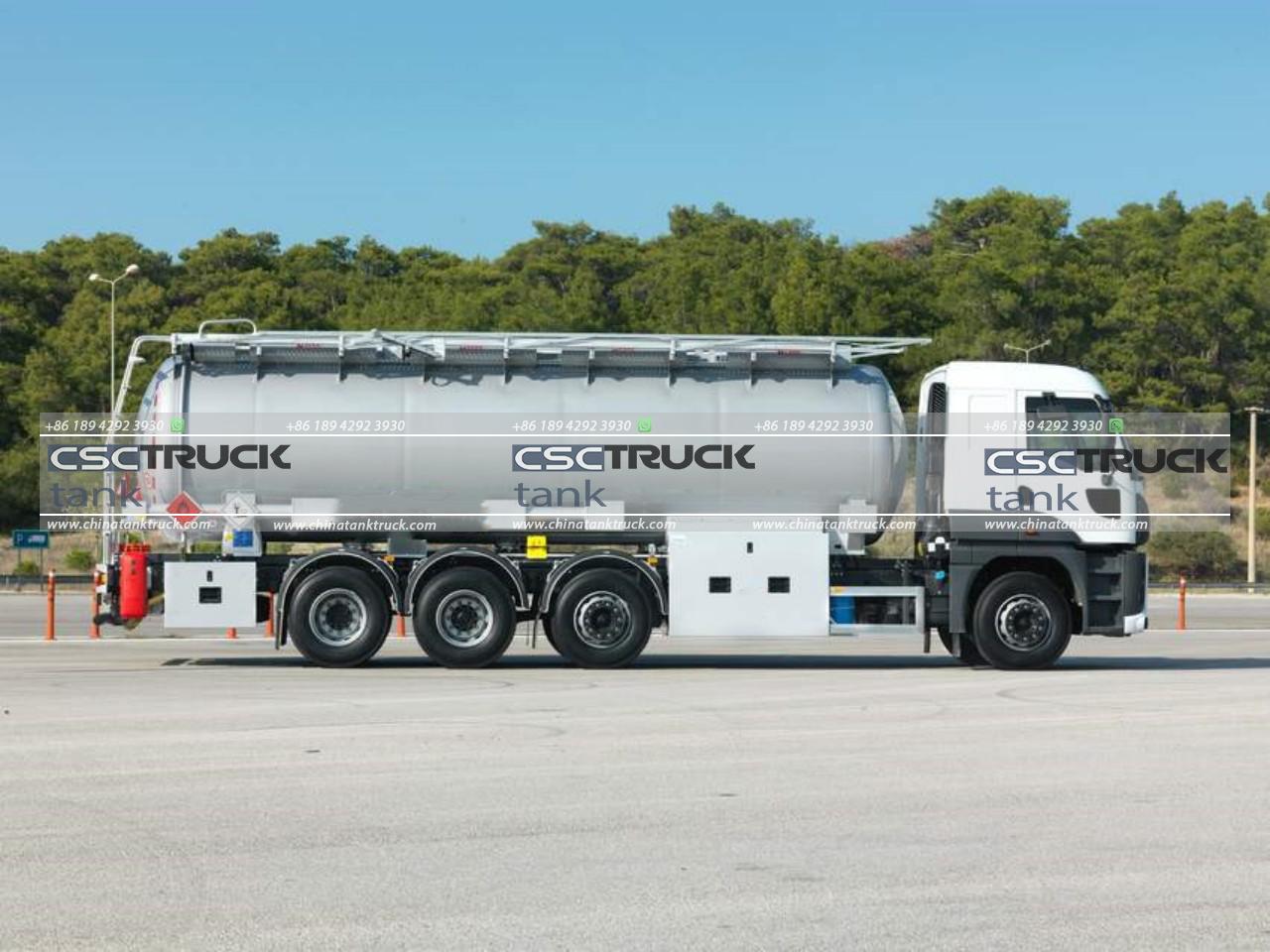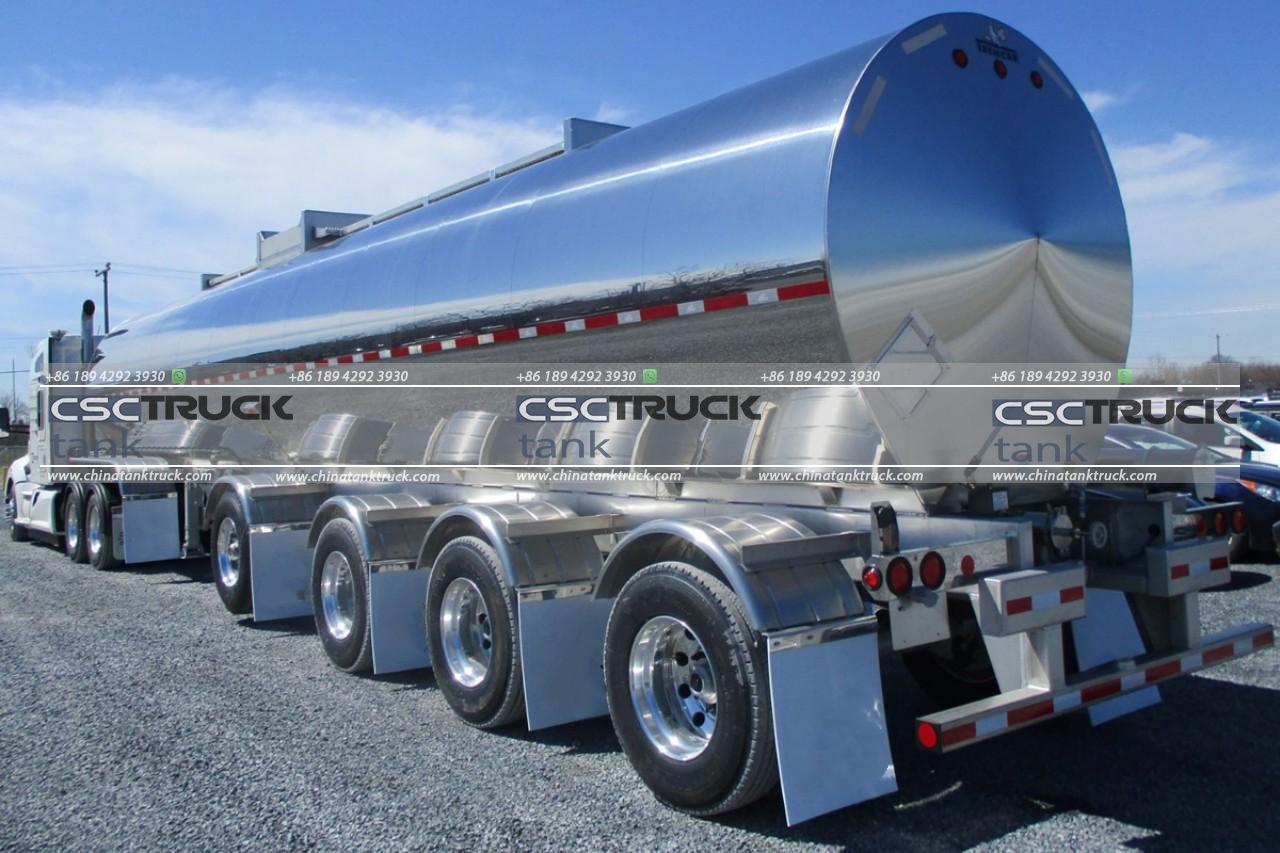In the modern industrial landscape, the safe and efficient transport of chemicals is a critical aspect of maintaining operations across various sectors. Chemical tank trucks play a pivotal role in this supply chain, providing a reliable means of transporting a wide range of chemicals, including hazardous and non-hazardous substances. The design, regulation, and operational protocols surrounding these vehicles are meticulously crafted to ensure the highest standards of safety and efficiency. This article delves into the intricacies of chemical tank trucks, highlighting their importance, design features, regulatory framework, and best practices for operation.
The Importance of Chemical Tank Trucks
Chemical tank trucks are specialized vehicles designed to transport bulk chemicals from manufacturers to end users or between industrial facilities. These trucks are essential in industries such as pharmaceuticals, agriculture, petrochemicals, and manufacturing, where the timely and safe delivery of chemicals is crucial for operational continuity.
The primary advantage of chemical tank trucks lies in their ability to transport large volumes of chemicals safely. They offer a flexible and cost-effective solution compared to other modes of transport, such as rail or pipeline, especially for short to medium distances. Moreover, chemical tank trucks can access remote or less accessible locations, providing a level of logistical versatility that is unmatched by other transport methods.

Design Features of Chemical Tank Trucks
Chemical tank trucks are engineered with specific features to handle the unique challenges posed by chemical transport. These features are designed to ensure safety, prevent contamination, and maintain the integrity of the transported chemicals.
1. Material of Construction: The tanks are typically constructed from stainless steel, aluminum, or specialized alloys to resist corrosion and chemical reactions. The choice of material depends on the nature of the chemicals being transported.
2. Tank Coatings and Linings: For certain chemicals, tanks are coated or lined with materials that provide additional protection against corrosion and contamination. These linings are crucial for transporting highly reactive or corrosive chemicals.
3. Compartments and Baffles: Tanks are often divided into compartments to allow the transport of different chemicals simultaneously without mixing. Baffles within the tanks help to reduce the movement of liquids during transit, enhancing vehicle stability and safety.
4. Pressure and Temperature Control: Some chemical tank trucks are equipped with systems to control the internal pressure and temperature of the tank. This is particularly important for chemicals that are sensitive to temperature changes or that are transported under pressure.
5. Safety Features: Modern chemical tank trucks are outfitted with advanced safety features, including spill containment systems, emergency shut-off valves, and electronic monitoring systems. These features are designed to mitigate risks in the event of an accident or equipment failure.
Regulatory Framework
The transport of chemicals by tank trucks is heavily regulated to ensure safety for both the transport operators and the general public. Regulatory bodies such as the U.S. Department of Transportation (DOT), the European Chemicals Agency (ECHA), and various international organizations set stringent standards for the construction, operation, and maintenance of chemical tank trucks.
1. Hazardous Materials Regulations: Regulations define the classification, packaging, labeling, and documentation requirements for hazardous chemicals. These regulations ensure that all stakeholders are aware of the nature of the chemicals being transported and the associated risks.
2. Driver Training and Certification: Operators of chemical tank trucks must undergo specialized training and obtain certification to handle hazardous materials. This training covers safe driving practices, emergency response procedures, and the proper handling of chemicals.
3. Vehicle Inspection and Maintenance: Regular inspection and maintenance of chemical tank trucks are mandated to ensure they remain in safe operating condition. This includes checking the integrity of the tanks, valves, and safety systems.
4. Emergency Response Planning: Regulations also require the development of comprehensive emergency response plans. These plans outline the actions to be taken in the event of a chemical spill or accident, ensuring a coordinated and effective response to minimize harm.

Best Practices for Operation
To maximize the safety and efficiency of chemical transport, operators of chemical tank trucks adhere to a set of best practices that go beyond regulatory requirements. These practices encompass various aspects of operation, from loading and unloading to maintenance and emergency response.
1. Pre-Trip Inspections: Conduct thorough inspections before each trip to ensure that all components of the truck are in good working condition. This includes checking the tank, hoses, valves, and safety equipment.
2. Proper Loading and Unloading Procedures: Follow standardized procedures for loading and unloading chemicals to prevent spills and contamination. Use appropriate personal protective equipment (PPE) and ensure that all connections are secure.
3. Real-Time Monitoring: Utilize electronic monitoring systems to track the condition of the chemicals and the status of the tank during transit. This allows for early detection of potential issues, such as leaks or temperature fluctuations.
4. Routine Maintenance: Implement a rigorous maintenance schedule to keep the chemical tank truck in optimal condition. Regular maintenance helps to identify and address wear and tear before it leads to more significant problems.
5. Emergency Preparedness: Train all personnel in emergency response procedures and conduct regular drills to ensure readiness. Equip the truck with spill containment kits and other emergency equipment.
6. Environmental Considerations: Adopt environmentally friendly practices, such as using low-emission engines and ensuring proper disposal of waste materials. This not only reduces the environmental impact but also aligns with regulatory and societal expectations.

Conclusion
Chemical tank trucks are indispensable in the logistics of chemical transport, offering a safe and efficient means of delivering critical substances to various industries. The design and operation of these trucks are governed by stringent regulations and best practices that prioritize safety and environmental protection. By adhering to these standards and continuously improving their practices, operators of chemical tank trucks ensure the reliable and secure transport of chemicals, contributing to the seamless functioning of the industrial supply chain.

